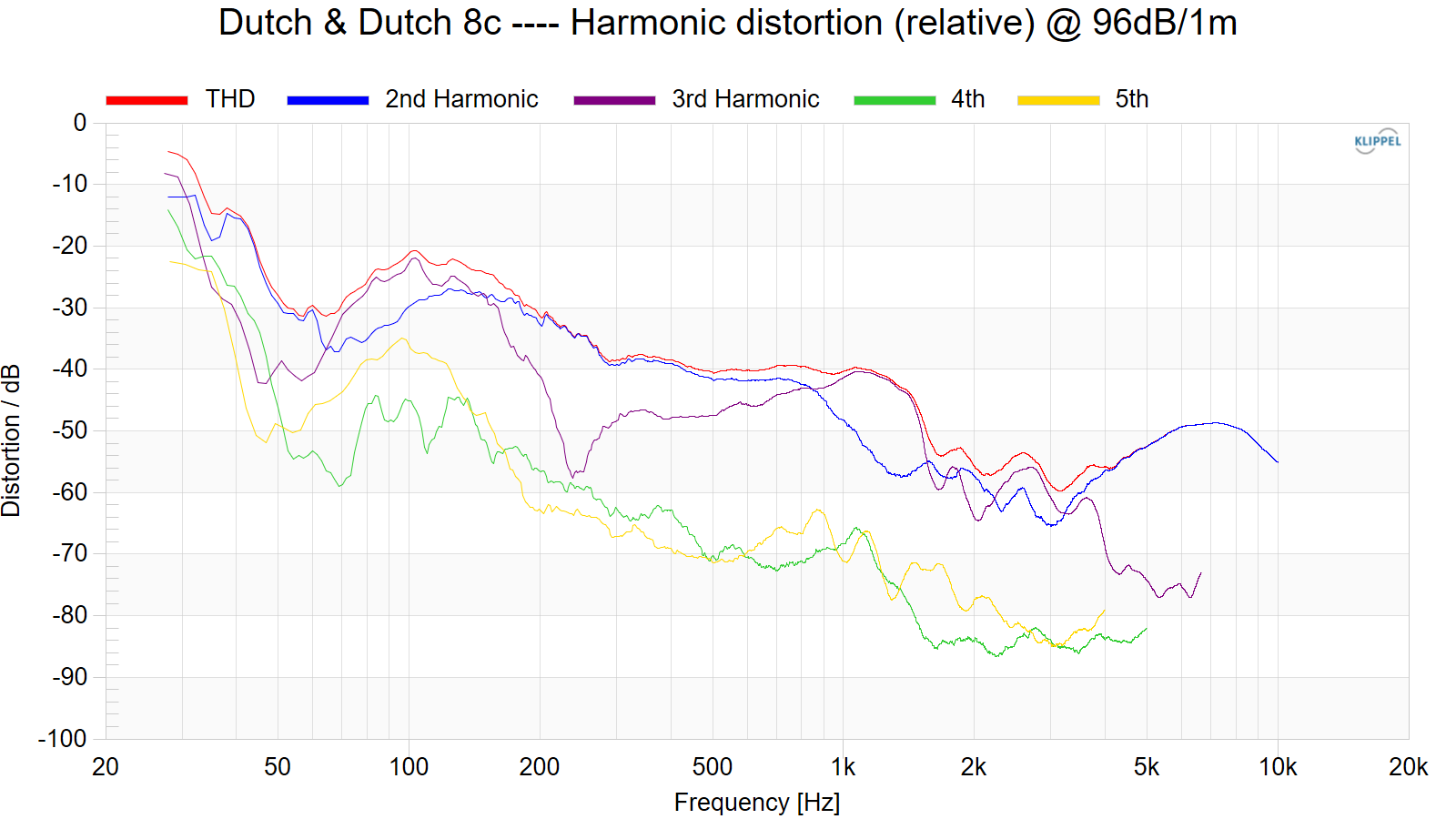You can filter the rear emission of the woofer via an acoustic filter. The rear emission of the woofer is in reverse polarity of the front energy. That is the first requirement for the cancellation. An acoustic filter will EQ and adjust the sound energy passing through. All acoustic treatment devices do just that.There is no need really. First of, one cannot eq only the backside of the woofer, so any eq is just amplitude and possibly phase. You can still do a passive filter design from mid to tweet. The passive crossover is still on a DSP channel. With an all-passive system it might impossible to do if you need phase adjustments.
About no need, what is not needed?

